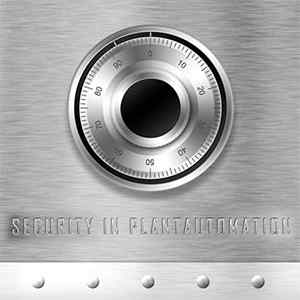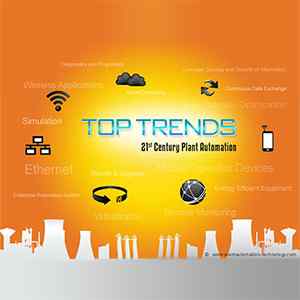Articles
Recent Advances in Wireless Sensor Technology

Wireless Sensors are transmitter equipped measurement tools used to measure the conditions like temperature, pressure, sound, pH, flow etc. These sensors receive signals from the process control instruments and converts into radio transmission via transmitters. The radio signals are transmitted to a receiver that reads the signal and converts into the desired output (analog current, contact closure or digital display) with the help of a computer software.
Wireless Sensor Technology offers many significant benefits like safety, low cost and convenience. Day-by-day it is getting a huge demand from industrial and consumer applications which explicitly leading for the new developments.
Recent Advances in Wireless Sensor Technology
Low- Cost Wireless Sensors for Energy Efficiency
The U.S. Dept. of Energy (DOE)’s Oak Ridge National Laboratory (ORNL) researchers have recently developed a low cost and energy efficient wireless sensor prototype that can reduce buildings energy consumption by 20 to 30%.
Also, in general, the collection of data like room temperature, light level, air quality, humidity and pollutants is expensive i.e. $150 to $300 per node wireless sensors, in contrary to inexpensive conventional wired sensors. But ORNL's wireless sensors with the roll-to-roll manufacturing technique reduce the cost significantly to $1 to $10 per node. These brilliant sensors collect information from many nodes and transmit to a receiver, followed by sending data to the energy-consuming system. This technology is also capable of enabling fault detection and service organization.
Obesity Monitoring Wearable Biosensors
The Rochester based, nonprofit medical research group, Mayo Clinic is partnering with the U.S. based Gentag for the development of new biosensor technology aimed to fight two serious health problems obesity and diabetes.
The bandage sized patch biosensor would be the first wearable sensor with the power of monitoring patient's health. This wireless, disposable wearable consists of a sensor that can communicate with the diabetes management system compatible with smart phone and provides the necessary information for researchers alongside supporting for advancements in the treatment.
Self-powered Sensors that Detect Building Faults
Michigan State University College of Engineering researchers are currently working on a new technology called substrate computing that can sense and alert the authorities about the problems a bridge or a dam is encountering. It is a boon for the future structures. This process will work with the usage of tiny 3mm-by-3mm electronic chips within the building material of a structure. “Using defect detection sensors in the building material that can monitor necessary conditions and reports about the structure is our aim” says electrical and computer engineering professor Subir Biswas.
Libelium Sensors Integration with Microsoft Azure Cloud to Speed TTM
At Mobile World Congress (On March 2, 2015), Libelium and Microsoft jointly announced Microsoft Azure Cloud integration with Waspmote Wireless Sensors to speed time-to-market (TTM). A packaging manufacturer, Polibol is getting a solution from the integration. The solution comprising of Waspmote Plug & Sense! Wireless sensor, Meshlium gateway, and Microsoft cloud computing platform Microsoft Azure, monitors critical processes and provides information about environmental variables related to factory, and several parameters that may affect product's working condition and quality. Sensor technology can measure energy usage, monitor environmental issues, water quality and helps businesses to reduce costs and increase productivity.
With the help of Sensor network technology in the solution, the collected information will directly reach the cloud from sensor nodes. Also, Polibol staff can manage the real time variables via smartphone, pc or tablet with internet connection.
Image Source: http://ucsdnews.ucsd.edu/





